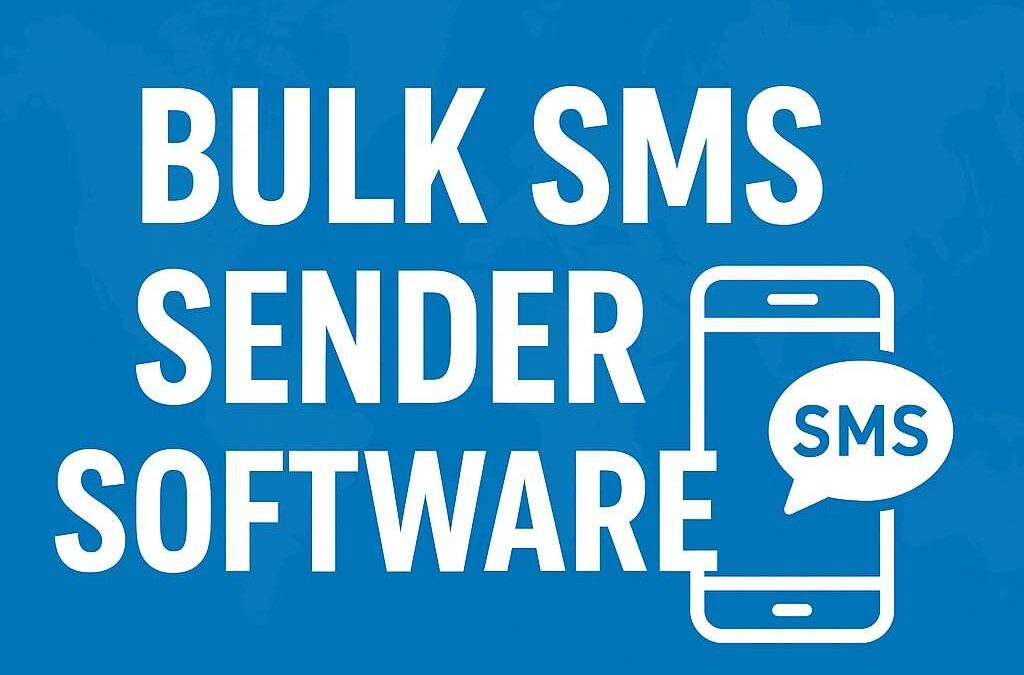Running into the 60-day domain transfer lock can derail plans—whether you’re selling a domain, consolidating a portfolio, or finalizing an acquisition. While it’s tempting to look for shortcuts, any attempt to bypass domain-controller security or other protective measures is unsafe and not permitted. Instead, use this practical domain controller bypass guide to solve the problem legally and efficiently.
Understand Why the Lock Exists
The 60-day lock is an ICANN policy designed to protect domain owners from fraud and rapid, unauthorized transfers. It typically applies after:
-
registering a new domain,
-
changing registrant (WHOIS) information, or
-
completing a registrar-to-registrar transfer.
Knowing which event triggered the lock and the exact start date is the first step to planning a workaround.
Step 1 — Confirm the Trigger Date and Status
Log into your registrar account and check the domain’s status and history. Note the date of the triggering action so you know exactly when the 60 days ends. Screenshots or exported records are useful for communicating timelines to buyers, legal teams, or support staff.
Step 2 — Verify WHOIS and Contact Verification
Make sure the registrant email and phone are correct and verified. Unverified contact details or pending validation emails can cause additional delays or block some support procedures. Fixing and verifying WHOIS details now may avoid further complications.
Step 3 — Use an Internal Account Push
One of the fastest legitimate domain transfer workaround options is a registrar “push”—transferring the domain between accounts at the same registrar. Many registrars support this immediately and it accomplishes the goal of transferring ownership without requiring a registrar-to-registrar move. If you’re selling the domain, this method gives the buyer control right away while remaining fully compliant.
Step 4 — Check Registrar Opt-Out Options (Before You Change Details)
If you haven’t yet updated WHOIS details and you foresee a transfer, some registrars let you opt out of automatically applying the 60-day lock when you make those changes. This is a preventive measure you should enable when planning future moves.
Step 5 — Contact Registrar Support with Documentation
If you have an urgent, legitimate business reason—like a merger, acquisition, or court order—contact your registrar’s support team. Provide clear documentation (sale contracts, corporate resolutions, legal notices) and request a registrar-assisted solution. While exceptions are uncommon, well-documented requests sometimes get expedited handling or alternatives such as account pushes.
Step 6 — Protect Sales with Escrow
When selling a domain during a lock period, use a reputable escrow service. Escrow secures payment while the seller retains control until ownership is transferred (via push or after the lock expires). This builds buyer confidence and avoids pressure to use unsafe shortcuts.
Step 7 — Prepare Everything in Advance
If no immediate workaround is available, use the waiting period productively:
-
Prepare DNS and hosting configurations,
-
Stage website and email migrations,
-
Generate EPP/Auth codes and store them securely, and
-
Draft step-by-step migration instructions for technical teams or buyers.
Being ready reduces downtime the moment the lock lifts.
Step 8 — Communicate Transparently
Clear communication prevents misunderstandings. Share the lock end date, the planned transfer method, escrow details (if used), and a timeline for ownership handover. Transparency reassures buyers and partners and helps maintain trust.







0 Comments